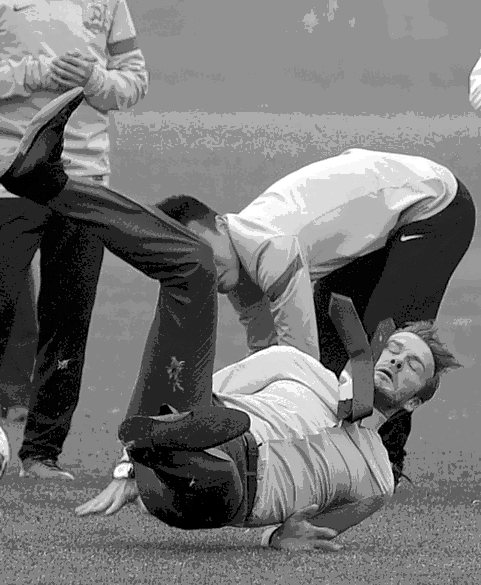Falling costs rise
 Falls are Australia’s leading cause of injury-related hospitalisations and deaths.
Falls are Australia’s leading cause of injury-related hospitalisations and deaths.
According to the Australian Institute of Health and Welfare (AIHW) report, Injury in Australia 2022-23, falls account for 43.4 per cent of injury hospitalisations, with 238,055 cases recorded.
This pattern has persisted for over a decade, affecting all regions.
Falls caused 6,378 deaths in 2021-22, representing more than 40 per cent of injury fatalities.
“Falls have remained the leading cause of injury-related hospitalisation and fatality in Australia over the past decade and across most regions,” said AIHW’s Dr Sarah Ahmed.
Slips, trips, and stumbles were identified as the most frequent triggers, with seasonal variations influencing the patterns of these incidents.
Other significant causes of injuries include transport accidents, assaults, and accidental poisonings.
Transport-related injuries led to around 61,200 hospitalisations last year, with motor vehicle incidents accounting for over 20,000 cases.
Fatalities from transport injuries included over 720 deaths involving cars, with males representing the majority of victims.
Assaults resulted in 20,490 hospitalisations and 218 homicides in the same period, with people aged 25-44 being the most affected group.
Accidental poisoning was particularly concerning among children aged 0-4, where incidents led to 80 hospitalisations per 100,000 in this age group.
Alcohol was identified as the leading cause of poisoning-related deaths among non-pharmaceutical substances, contributing to 155 fatalities in 2021-22.
Injuries remain a critical public health issue, with 549,000 hospitalisations and 14,700 deaths recorded in 2021-22.
They are the leading cause of death for Australians aged 1-44 and account for 8 per cent of the national disease burden.
Although hospitalisation rates have decreased slightly by an average of 0.7 per cent annually since 2017, mortality figures have risen over time, reaching a peak in 2021-22.
The report highlights demographic disparities, with males more likely to experience injuries requiring hospitalisation or resulting in death across most categories except falls and self-harm.
Falls are most prevalent among those aged 75 and older, while young children aged 0-4 had the highest rates of emergency department presentations for injuries.
The AIHW also explored where injuries occur, identifying homes as the most common setting, followed by streets and sports areas.
Fractures were the most frequently reported injury type, followed by open wounds and soft tissue injuries.
Average hospital stays for severe injuries were longest for falls, at 5.1 days, reflecting the severity and complexity of these incidents.
Experts say the report shows the importance of tailored interventions and sustained public health initiatives to mitigate the significant burden injuries place on individuals and the healthcare system.







 Print
Print